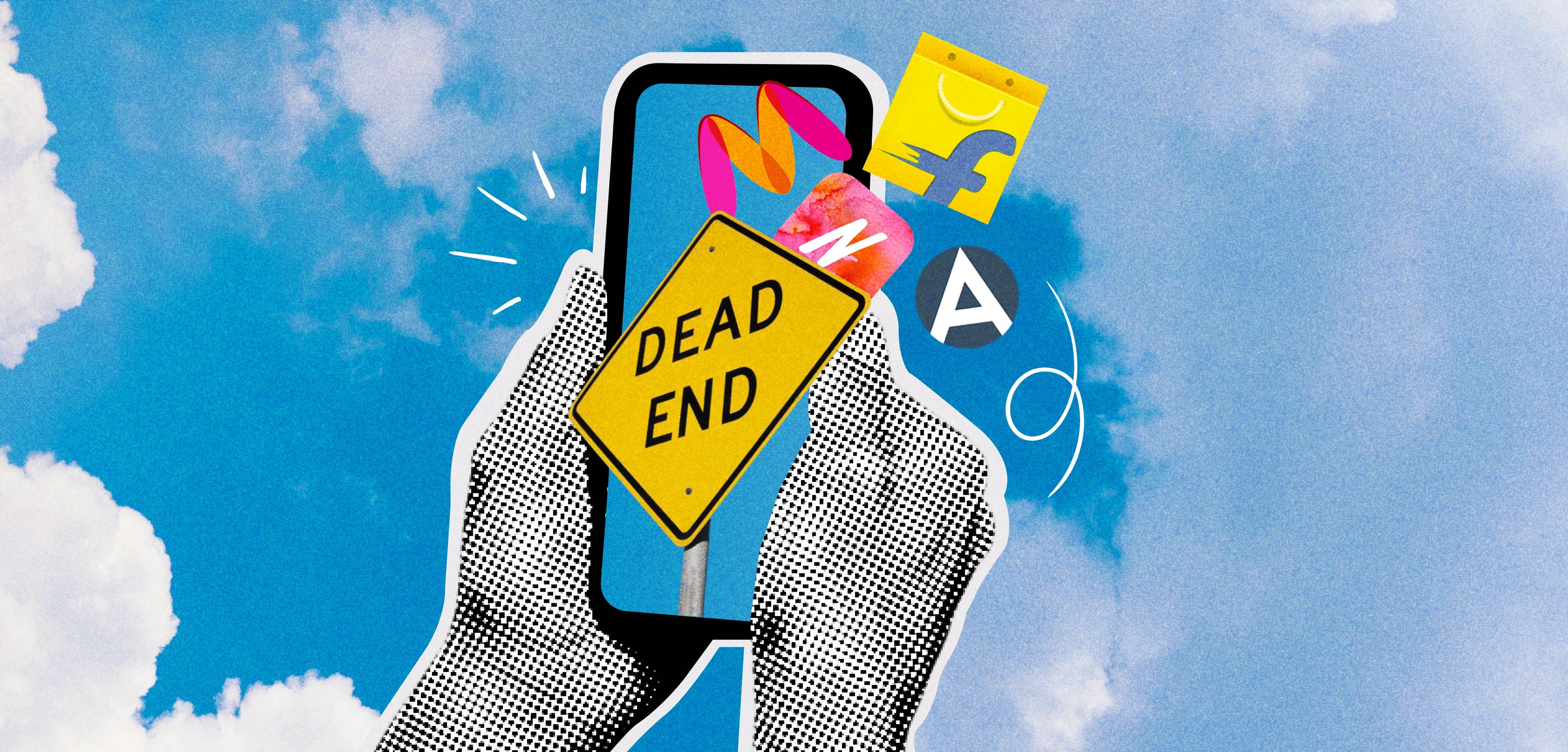Steven J. Sasson invented the self-contained (portable) digital camera in 1975 while working at Kodak as an engineer. Since it was filmless photography, Kodak’s corporate response was, ‘that’s cute — but don’t tell anyone about it.’
Years later, Vince Barabba, head of market intelligence at Kodak, started an extensive research project with the CEO’s blessings, to look at core technologies and likely adoption curves in their industry. The research reported that digital photography had the potential to replace film-based photography. And Kodak had a decade to prepare for such an industrial shift.
But Kodak didn’t do much to prepare. By 1986, Kodak’s research labs produced the first megapixel sensor, a fingernail sized solid-state device capable of recording 1.4 million pixels. Even then, Kodak chose to use digital technology to improve the quality of film photography business, ignoring the upcoming shift to digital photography.
Kodak failed to transition for years, and eventually filed for bankruptcy in 2012, listing assets of $5.1bn and liabilities of $6.75bn. One of the core factors cited for this bankruptcy filing was Kodak’s failure to update itself on the rise of digital photography.
It’s phenomenal how one of the biggest examples of organisations not adapting to changed conditions — 121-year-old Kodak filing for bankruptcy — happened just about a decade ago and yet, businesses are failing to learn.
Think of industries like Banking, Education, and Healthcare. They are happily ignoring the new industrial shift. But more on them on another day!
The Davids have arrived
“The good thing about science is that it’s true whether or not you believe in it.”
— Neil deGrasse Tyson
Trends are like science but better. Trends are psychological shifts.
Quick Commerce companies like Blinkit, Zepto, Swiggy Instamart are rewriting the expectations of Indian consumers — the psychology is shifting.
These 10 minute delivery services have introduced a new behaviour and its sticking strong. Indians, from the comfort of their home, are making expensive purchases like Playstation 5, iPhones, and Dyson products, all impulsively.
Not just that. The number of SKUs (type of products), their cart value and the frequency of purchases per day are also reaching new numbers.
But more than anything, the biggest psychological change in expectation is the duration of delivery. Consumers who once loved Amazon’s next day delivery, may not be too happy with that service today.
Why wait for 1 day, or even an hour, when you can get the same thing in 10 minutes?

The possible death of Goliaths
This rising expectation from a falling delivery duration is going to be one of the biggest battles to fight for what we should now call ‘Slow Commerce’ platforms. How would a Flipkart compete? Or, for that matter, an Ajio, a Myntra or Nykaa?
Presumably, it’s going to impact a vertical (slow) commerce a lot worse. They stand to lose the most-valuable thing of all, consumer mind share.
The next time you want to order a t-shirt, should you think of Myntra or Blinkit?
P.S. Amazon shall survive while the future of Flipkart is questionable. We shall soon know why.
But there must be some cards that Slow Commerce businesses would be holding close to their chest. Some tricks of the trade, their competitive advantage. Or what they call in the business-speak as moats.
Typical moats of the ecommerce business are bulk purchase discounts, higher range of SKUs and distribution system on the ground. As a consumer, it translates to you getting a product for cheaper (discount), having a higher variety of product options (say all possible shampoo companies) and the product reaching you easily and quickly (distribution).
Interestingly, quick commerce companies are quickly snatching these moats from their slower friends, and upping them further. They, 10 mins delivery companies, are all well-funded (backed by public companies like Zomato & Swiggy) and can afford to buy stocks in bulk, solving the discount and variety moat at their end. They now have better and more localised distribution systems, some of them a level better than slow commerce companies.

Can Goliaths somehow survive?
Acquisition should be their biggest bet — to help consolidate and level the marketplace. They could acquire a quick commerce company, like Zomato acquired Blinkit. Or get acquired by one. But then, what can a quick commerce company gain from acquiring a slow one? We need not answer this for now.
Another option, and the one most of them seem to be betting on, is to start a quick commerce counterpart. Is it the most ideal of the option? Perhaps not, since the industry cannot stay distributed within 20 players. It’s definitely not a winners-take-all market either. But the maximum competition should not be diluted beyond 3-4 big players.
If you recall from earlier, there was a comment on how Amazon may not die, but Flipkart may.
The reason for Amazon’s survival would be a simple strategy: diversification.
Amazon has diversified at many levels, in geography (21 countries), product and service offerings (Kindle, Alexa, Amazon Prime, Studios etc.) and acquisitions (IMDb, Audible, Whole Foods etc.)
Perhaps there is merit in learning from Amazon’s playbook for other slow commerce companies. The likes of Ajios and the Nykaas could look at expanding to other markets beyond India. They could also strengthen their acquisition game.
Reliance Industries Ltd. has had a head start here. They have been acquiring some useful ventures like Milkbasket, Urban Ladder, NetMeds and more. But none of the known acquisitions could help them bridge the quick commerce gap for now.
Either way, it’s one of the hottest categories, with Indian e-commerce soaring to $325 billion by 2030. And with India’s internet penetration only growing, backed by emerging psychological trends, India could very well be the largest online retail market in the near future.



